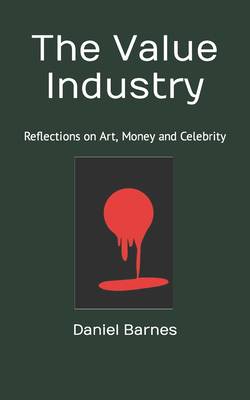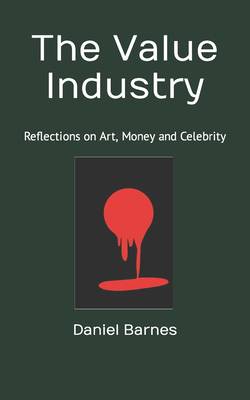
- Afhalen na 1 uur in een winkel met voorraad
- Gratis thuislevering in België vanaf € 30
- Ruim aanbod met 7 miljoen producten
- Afhalen na 1 uur in een winkel met voorraad
- Gratis thuislevering in België vanaf € 30
- Ruim aanbod met 7 miljoen producten
Zoeken
€ 11,45
+ 22 punten
Omschrijving
Have you ever wondered how a work of art could be worth millions? Has the world gone mad when Damien Hirst sells a dead shark for $12 million or a Picasso painting goes for £20 million? Some people think that art has nothing to do with money, that true art does not have a price tag, but it is really difficult to believe this in a world where the contemporary art market is worth $62 billion a year. The problem, says philosopher Daniel Barnes, is that nowadays it is more difficult than ever to tell the difference between good art and expensive art. In The Value Industry, Barnes explores the relationship between art and money. He argues that art is valuable as both culture and economics, but these are radically different things and the art market constantly attempts to blur the boundaries. Through a heady mixture of art market news, art criticism and philosophy, Barnes demonstrates that, despite all the money and headlines, art will always survive the ravages of capitalism because it is worth so much more than money. High auction prices, billionaire collectors, celebrity endorsements and artists' publicity stunts only serve to create the myth that the value of art is monetary, but the true value lies in the way that art enriches human existence.
Specificaties
Betrokkenen
- Auteur(s):
- Uitgeverij:
Inhoud
- Aantal bladzijden:
- 240
- Taal:
- Engels
Eigenschappen
- Productcode (EAN):
- 9781724355751
- Verschijningsdatum:
- 16/08/2019
- Uitvoering:
- Paperback
- Formaat:
- Trade paperback (VS)
- Afmetingen:
- 127 mm x 203 mm
- Gewicht:
- 240 g

Alleen bij Standaard Boekhandel
+ 22 punten op je klantenkaart van Standaard Boekhandel
Beoordelingen
We publiceren alleen reviews die voldoen aan de voorwaarden voor reviews. Bekijk onze voorwaarden voor reviews.











